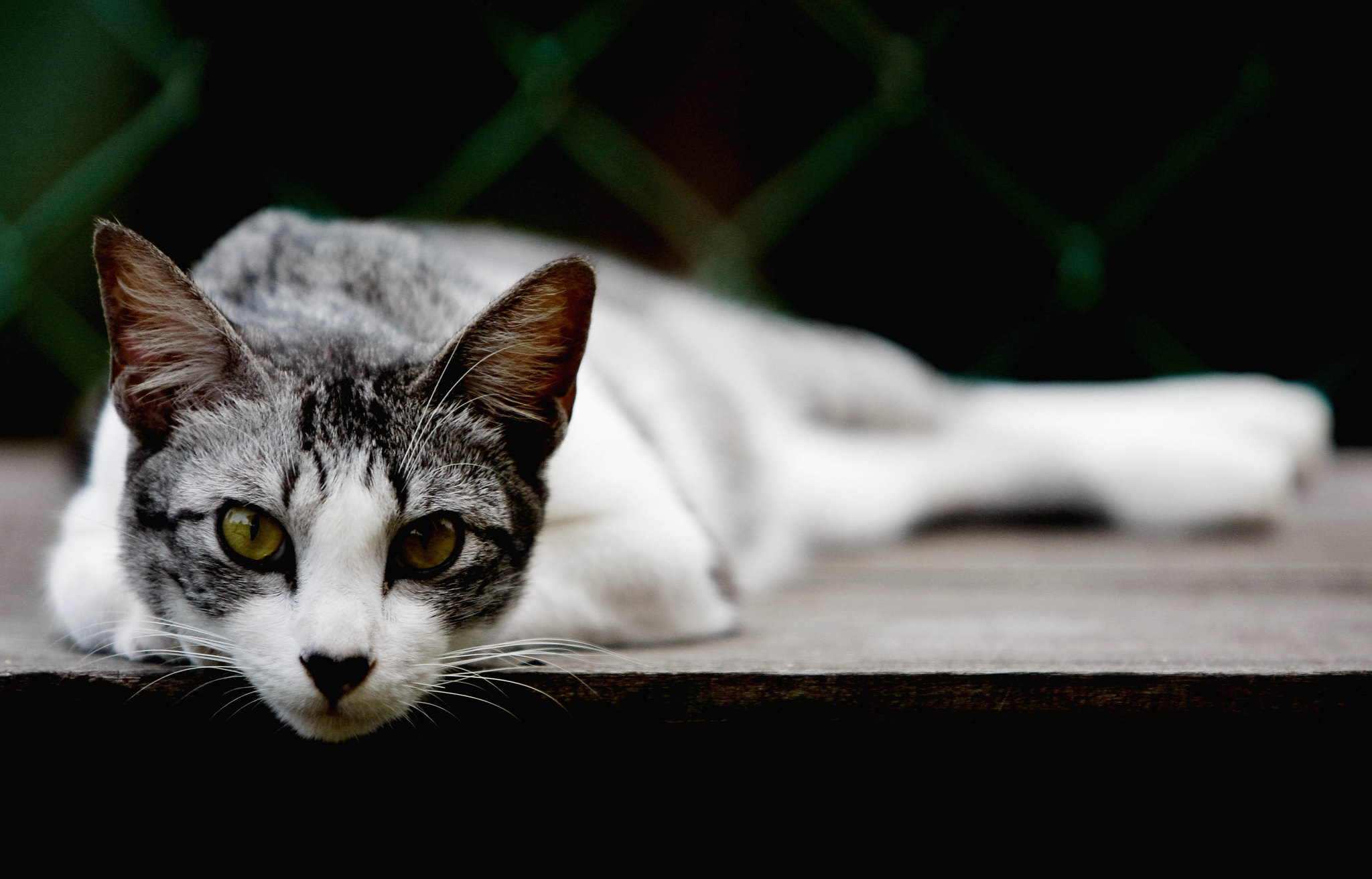Researchers from the Texas A&M School of Veterinary Medicine & Biomedical Sciences have made significant discoveries about the evolution of cats and the genetic changes that contribute to their survival abilities. By comparing the genomes of various cat species, the researchers found that cat genomes have fewer complex genetic variations than other mammal groups. They also identified specific regions of cat DNA that evolve rapidly and play a role in species differentiation.
One key finding is that cat chromosomes are more stable than other mammals, such as primates. This stability is attributed to the lower frequency of segmental duplications in cat genomes. Segmental duplications are copies of DNA segments found elsewhere in the genome and are associated with genetic rearrangements. Cats have significantly fewer segmental duplications compared to primates, which explains their karyotypic stability.

The researchers also discovered that a specific repetitive element called DXZ4 on the X chromosome is responsible for the genetic isolation of certain cat species. DXZ4 is a rapidly evolving part of the cat genome and likely plays a role in speciation.
Furthermore, the study revealed insights into the genetic variations related to olfactory genes in cats. Lions and tigers, which have different social behaviors and environments, exhibit variations in odorant genes that detect pheromones. Domestic cats living near humans have lost a wide range of olfactory genes.
Overall, this research provides a better understanding of cat evolution, genetic differences between cat species, and the role of genetic variations in their survival abilities. The findings have implications for studying feline diseases, behavior, and conservation efforts.
This study was published in Nature Genetics.
References
- Bredemeyer, K. R., Hillier, L., Harris, A. J., Hughes, G. M., Foley, N. M., Lawless, C., Carroll, R. A., Storer, J. M., Batzer, M. A., Rice, E. S., Davis, B. W., Raudsepp, T., O’Brien, S. J., Lyons, L. A., Warren, W. C., & Murphy, W. J. (2023). Single-haplotype comparative genomics provides insights into lineage-specific structural variation during cat evolution. Nature Genetics. https://doi.org/10.1038/s41588-023-01548-y
- Price, C. & Texas A&M University. (2023, November 2). Genome sequencing project reveals new secrets about cat evolution. Phys.Org. https://phys.org/news/2023-11-genome-sequencing-reveals-secrets-cat.html











